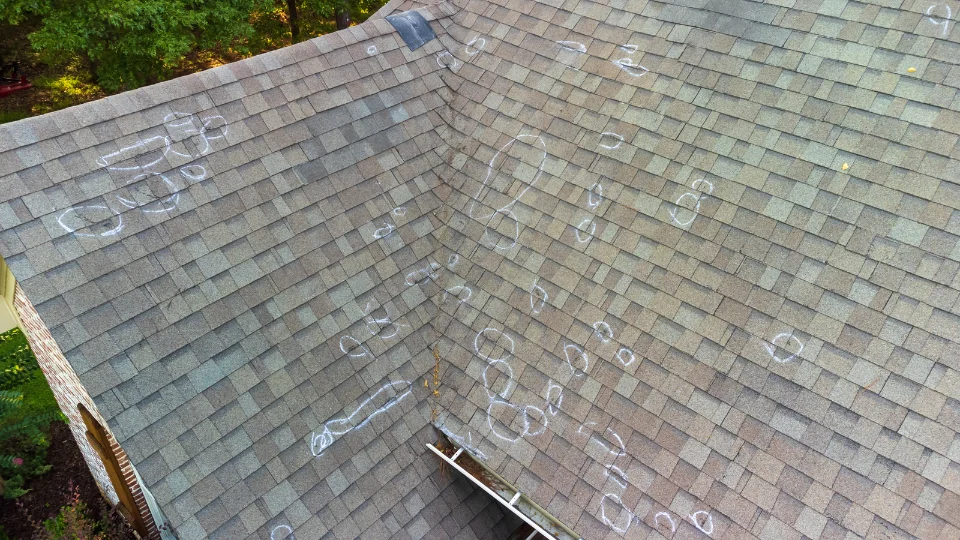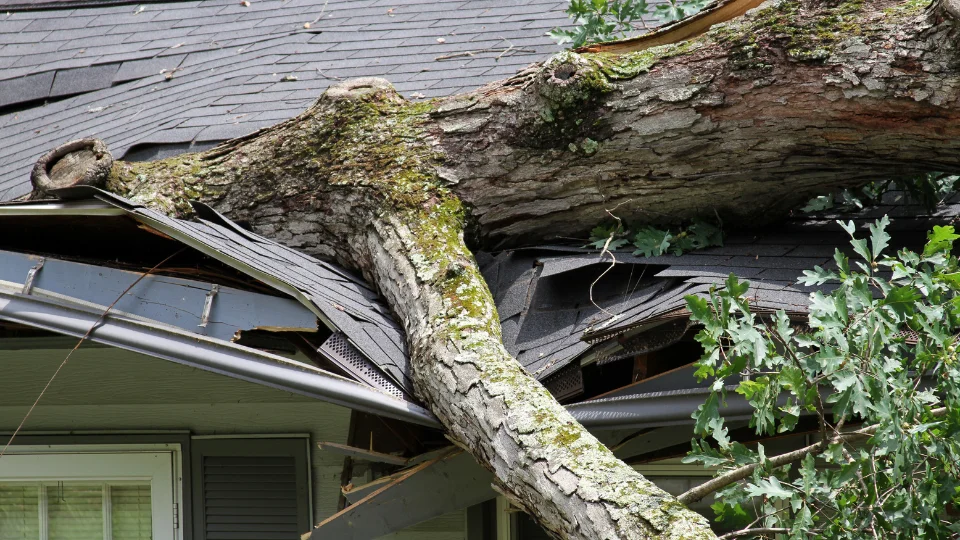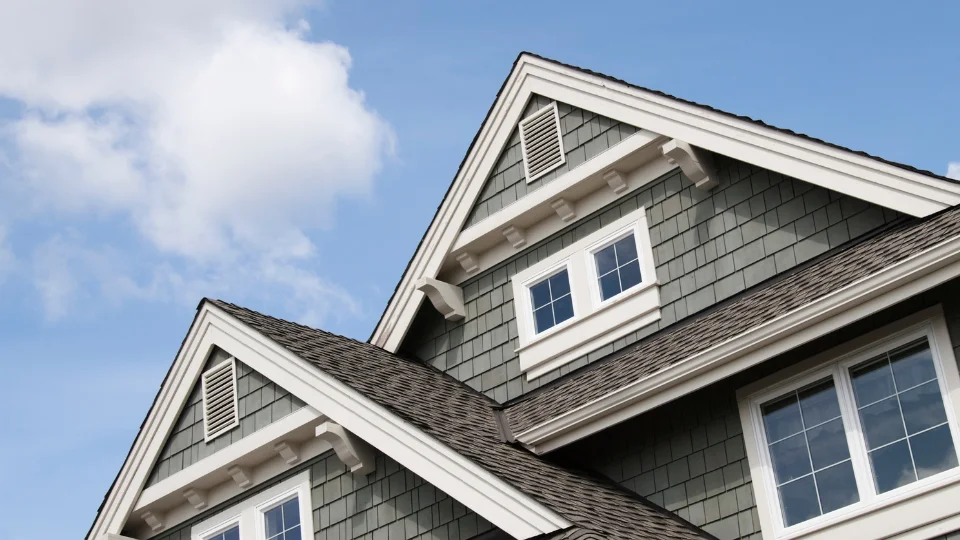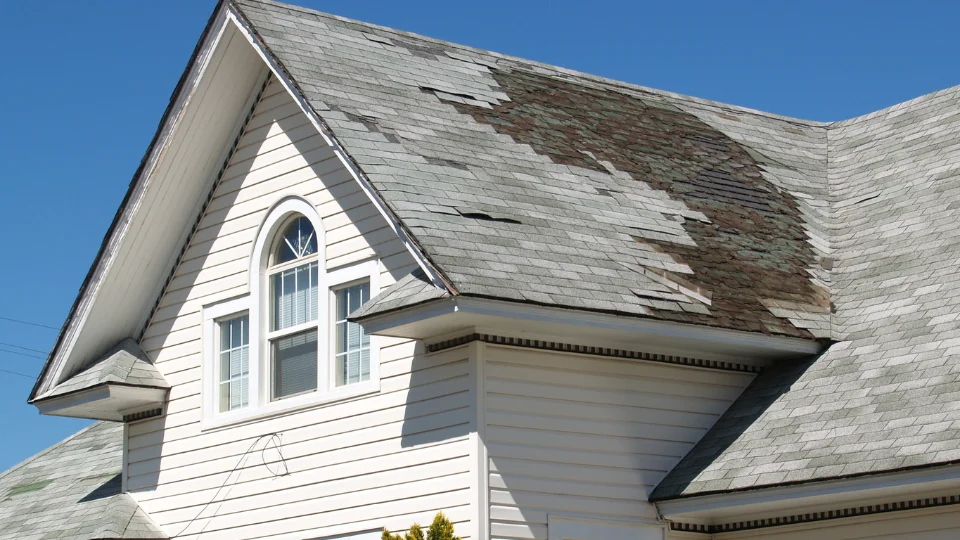When a hailstorm hits, your roof takes the brunt of it — often without you realizing just how much damage was done. Maybe you spot a few dents in the gutters or a shingle out of place, but most of the time, hail damage is subtle and shows up later as leaks, warped shingles, or even full roof failures. That’s why acting fast with your hail damage roof insurance claim is essential.
But here’s the catch: the claims process can be confusing, slow, and filled with fine print. If you don’t know what you’re doing, you could end up paying for repairs out of pocket or getting stuck with a lowball settlement that doesn’t cover the real damage. This guide is here to help you avoid that.
Hail Doesn’t Have to Break the Bank
Let’s start with the basics: homeowner’s insurance usually covers hail damage. But it’s on you, the homeowner, to prove it happened and that it’s serious enough to fix. That means two things matter most: documentation and timing.
If your roof’s been through a hailstorm — especially if your neighborhood saw severe weather alerts — don’t wait for water to start dripping through the ceiling. Assume there’s damage, even if you can’t see it yet. The faster you act, the better your chances of a smooth claim.
Spotting Damage That Justifies a Hail Damage Roof Insurance Claim
So what does hail damage actually look like?
Bruised or cracked shingles: The impact can loosen or break the protective granules on the surface.
Black or bare spots: Granule loss may expose the mat underneath, weakening the shingle.
Dents in metal components: Gutters, vents, flashing, and skylights often show visible signs first.
Water stains on ceilings or attic rafters: A leak could mean shingles or underlayment have been compromised.
Shingle edges lifting: Hail can break the seal and allow wind to peel them up.
The problem is, some of these signs are hard to see unless you’re trained to spot them — and climbing on your roof is dangerous. That’s why the next step matters.
Bring in the Pros Early
You don’t have to go this alone. In fact, you shouldn’t. One of the smartest things you can do after a hailstorm is to schedule a professional roof inspection. Choose a local, reputable contractor — ideally one with insurance claim experience. At Landmark Roofing, for example, we offer thorough post-storm inspections at no cost to the homeowner.
A good roofing inspector will:
Safely assess your roof and exterior
Document all damage with photos and notes
Give you an honest opinion on whether a claim is worth filing
Be available to meet with your insurance adjuster (this is a game-changer)
Think of them as your advocate in the process. A roofer who’s seen thousands of hail claims knows how to speak the same language as your insurer.
Filing a Hail Damage Roof Insurance Claim: What to Expect
Once you’ve got documentation and confirmation of damage, it’s time to file your claim. Call your insurance company or log into your online portal. You’ll need to provide:
The date and time of the storm
A brief description of the damage
Photos (if you have them)
Any documentation from your roofer
After that, the insurance company will schedule an adjuster to visit your home. This is where your roofing contractor’s presence becomes critical. The adjuster works for the insurance company — their job is to assess the damage, but they may not catch everything or they might minimize it. Your roofer can point out less obvious issues and make sure nothing is overlooked.
Understand Your Coverage
Before any checks get written, make sure you understand what your policy actually covers. Here are a few key terms to look out for:
Deductible: The amount you pay out of pocket before insurance kicks in. Know what this is — some policies have higher deductibles for wind or hail.
Replacement Cost Value (RCV) vs. Actual Cash Value (ACV): RCV means you get the full cost to replace the roof, while ACV subtracts depreciation (which can be thousands of dollars).
Exclusions or cosmetic clauses: Some policies won’t pay for minor surface damage if it doesn’t impact function — but that “cosmetic” damage could still lower your home’s value.
If anything’s unclear, ask your insurance rep or let your contractor walk you through it.
Watch Out for Storm Chasers
After major hailstorms, some roofing companies will swarm neighborhoods offering “free roofs” or quick fixes. Many are out-of-state crews with no real ties to the area. They may pressure you to sign contracts or demand payment upfront, then vanish after doing shoddy work — or nothing at all.
Don’t fall for it. Stick with established, local companies that are licensed, insured, and willing to provide references. Landmark Roofing, for instance, has been serving Maryland communities for years, and we stand behind every job.
Don’t Let the Insurance Company Rush You
You’re not required to accept the first offer they give. If your roofer finds more damage after work starts, your claim can be adjusted. You can also request a reinspection or dispute a settlement if it doesn’t reflect the real cost of repairs. Having detailed estimates and contractor support makes this much easier.
Why Landmark Roofing Makes This Easier
Filing a hail damage roof insurance claim can be a lot — especially if you’ve never done it before. At Landmark Roofing, we’ve helped hundreds of Maryland homeowners navigate the process from start to finish.
Here’s what you get with us:
Thorough storm damage inspections
Honest recommendations (we’ll tell you if a claim isn’t worth it)
Coordination with your insurance adjuster
Skilled repairs using high-quality materials
A team that cares — because we live here too
Final Word on Hail Damage Roof Insurance Claims
Hail can cause real damage, even if you don’t see it right away. If your area’s been hit, don’t wait for the next storm to finish the job. Get your roof checked, know your policy, and get the claim process started on your terms — with professionals who have your back.
Need help after a hailstorm? Contact Landmark Roofing today for a free inspection and expert support on your hail damage roof insurance claim.






